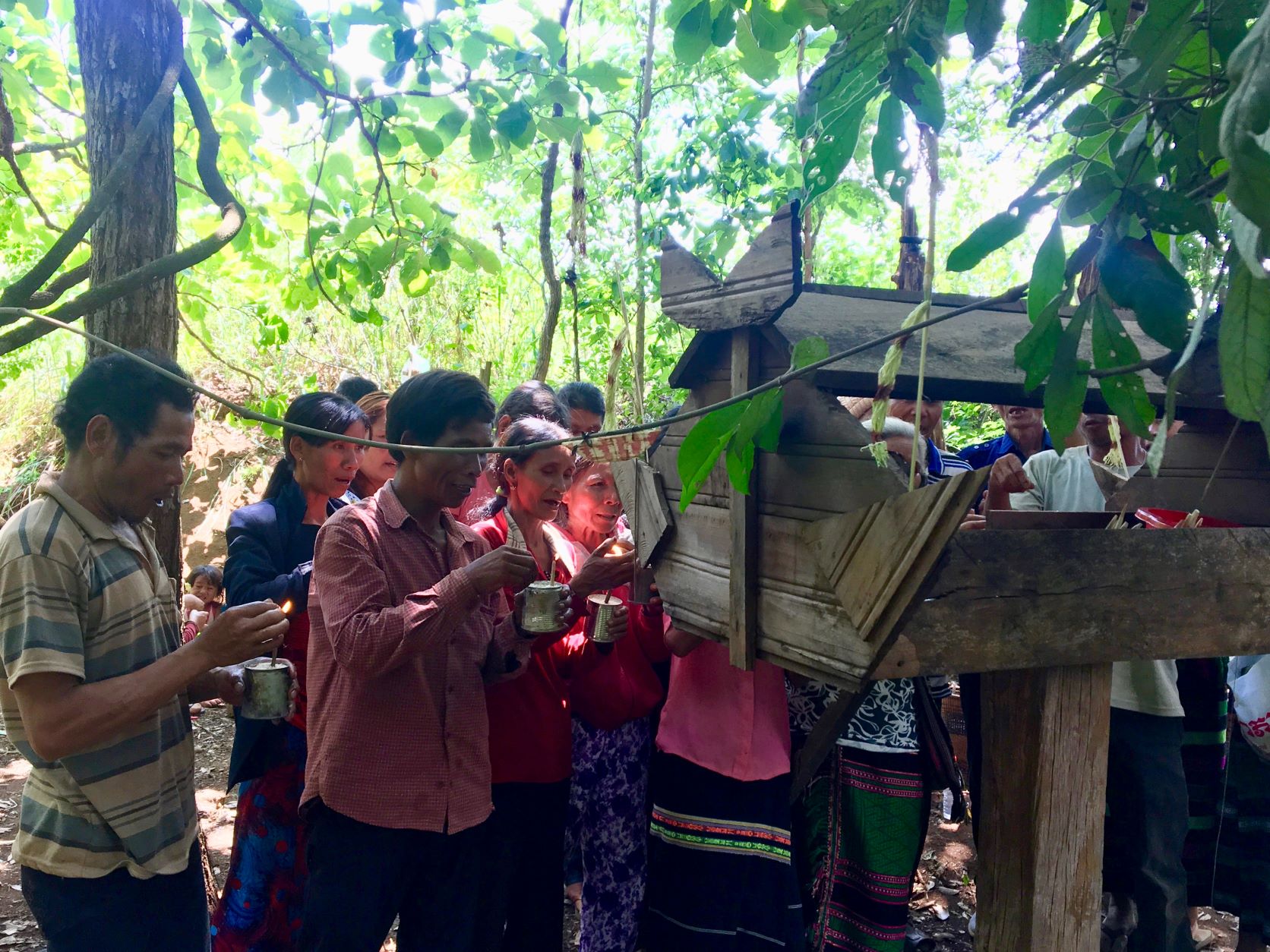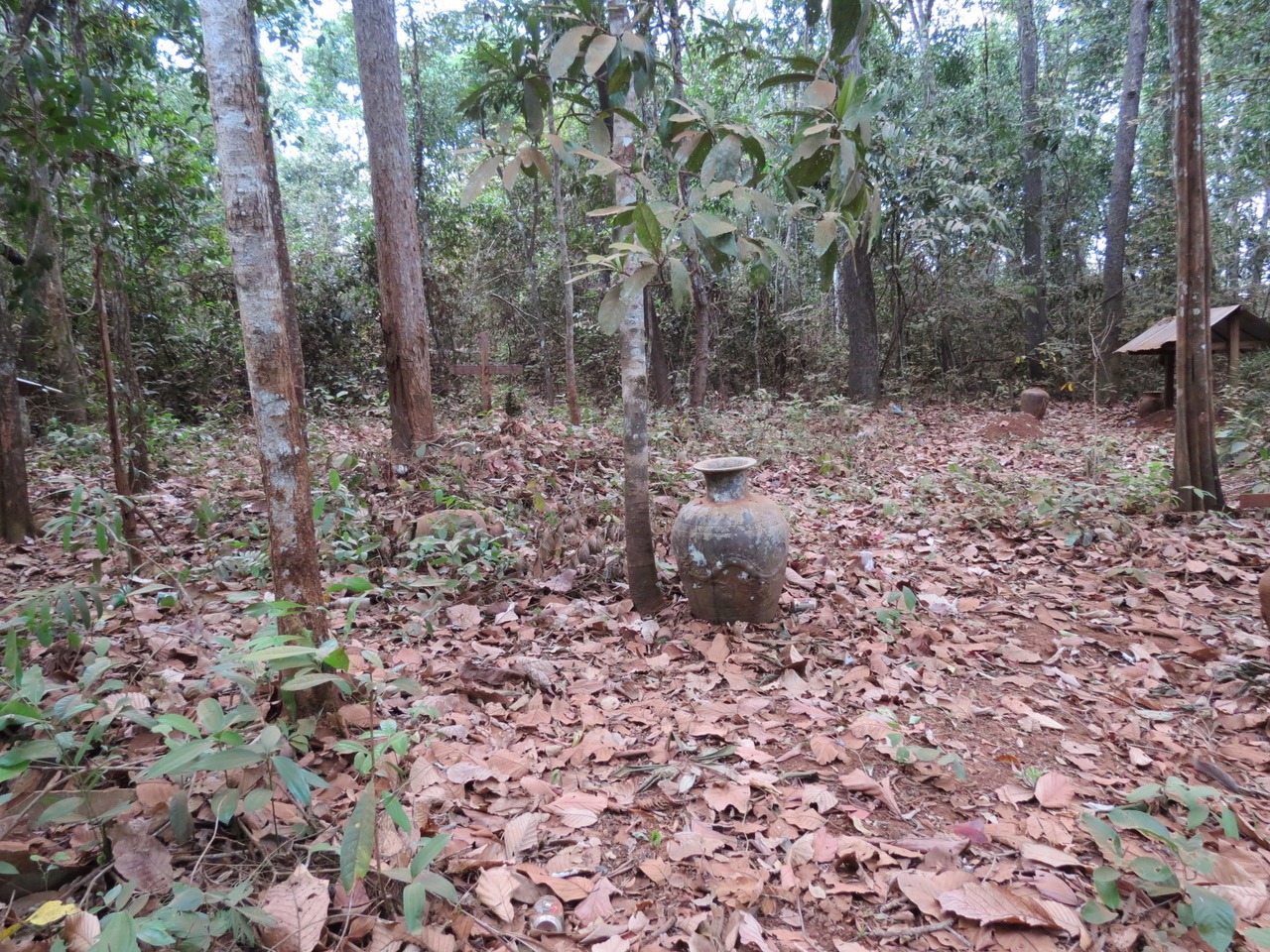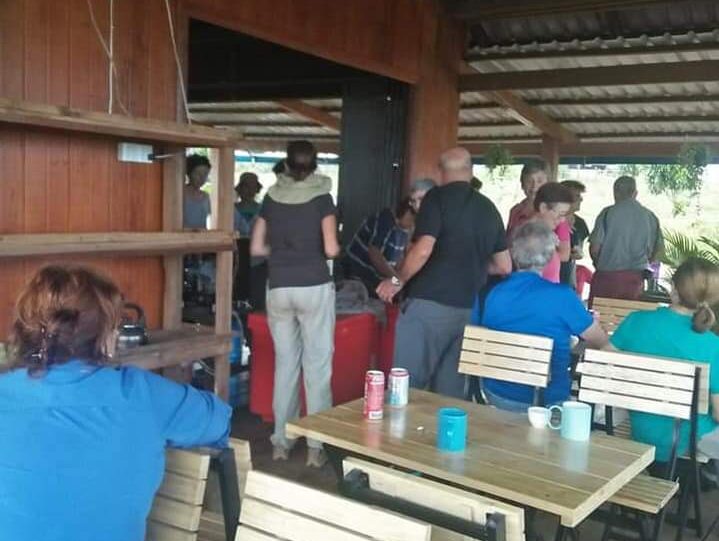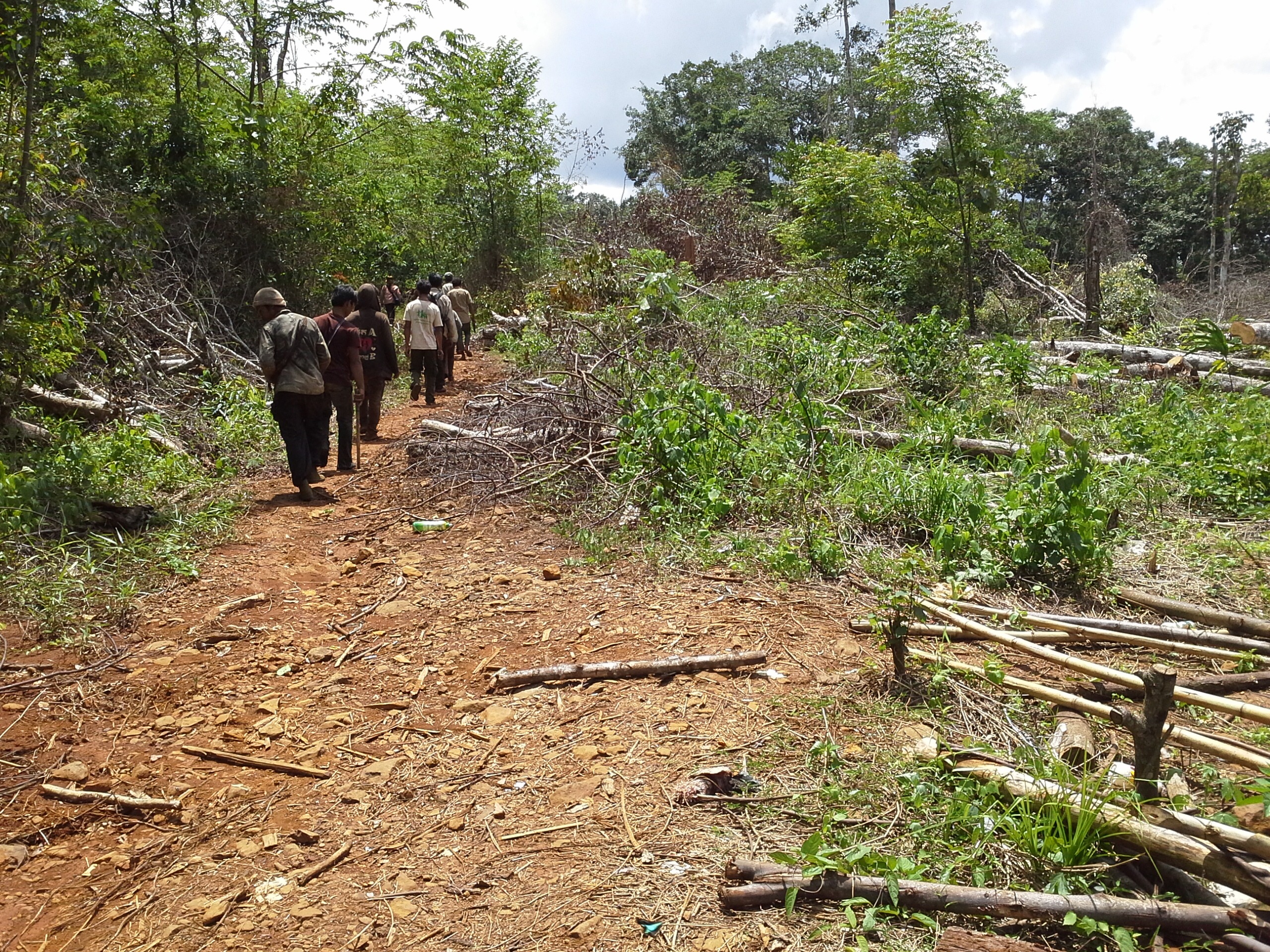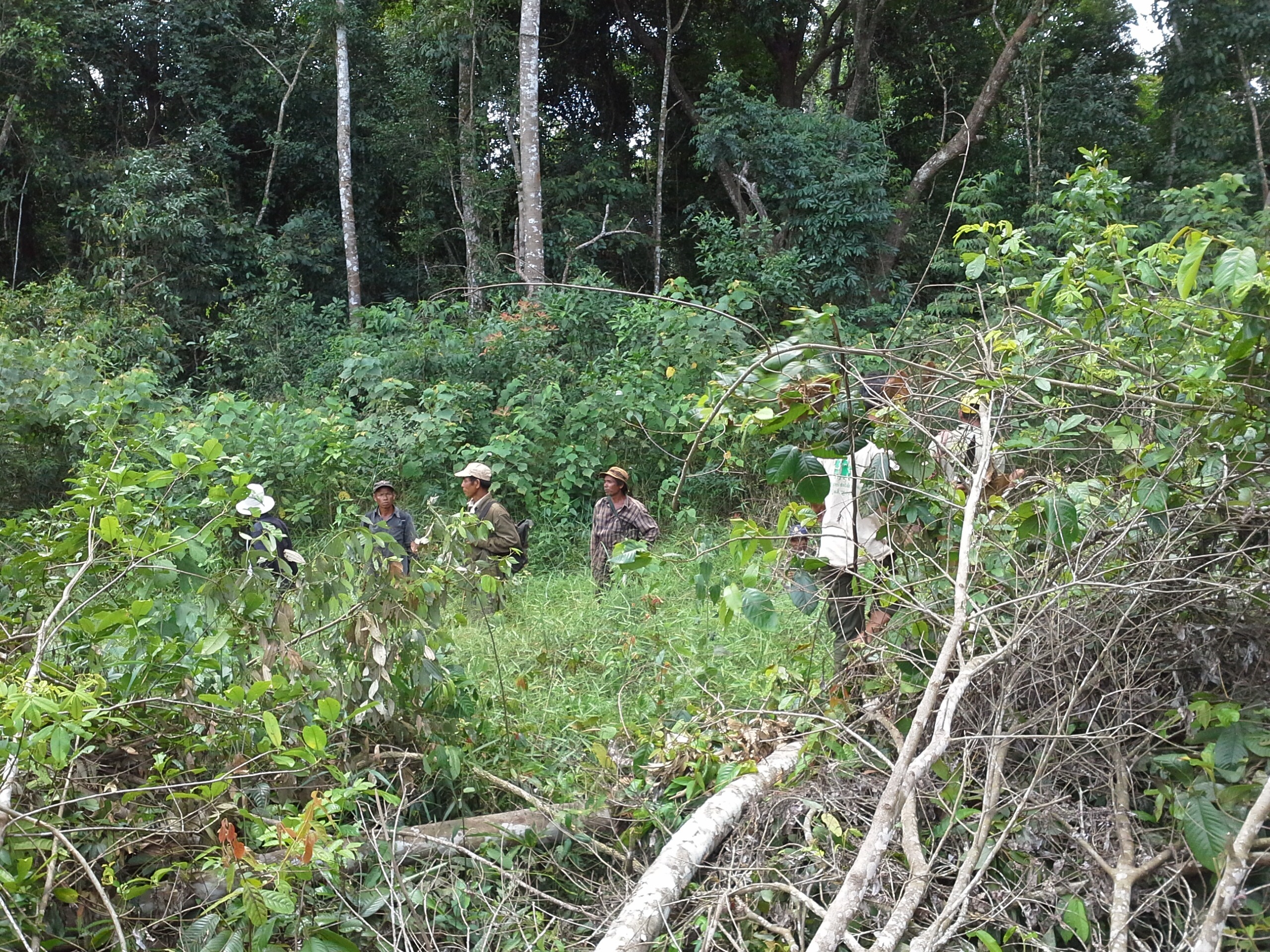Natural Resource Protection
BIPA helps to protect Bunong forests, raises awareness and helps find solutions to ensure that as much of the Bunong lands stay in the community and are kept save from trespassers.
What BIPA does
We know and follow the everyday life struggles of the Bunong communities.
Based on our experience, we look for the best ways to provide help.
Mapping sites of historical and cultural value
The Bunong landscape is full of significant sites—forests, rivers, mountains and more—for the Bunong they are very meaningful as they are the home of spirits, the burial grounds of ancestors or historically invested places. After having been heavily affected by years of conflict, the area is currently under strong pressure from economic land concessions, speculation, imbalanced tourism and deforestation.
To ensure the transmission of ways of knowing and relating to land, BIPA is engaged in the production of a virtual map with integrated audio-visual information, produced by indigenous Bunong themselves and available to the broader Cambodian public. Such a virtual map constitutes an important step toward the recognition of these sites as culturally and historically meaningful and toward their protection.
This project has been selected by the World Monuments Fund (WMF) to be one of the 25 sites on it’s Watchlist. You can find the Watchlist here.
Past activities
We started in 2014 by facilitating several tourist activities with English speaking Bunong guides. Tourist from all over the world are attracted by the beauty of Cambodia and it’s many attractions, like the Bou Sra waterfall. We organize home stays in Bu Cheng and, , mountain climbing in Nam Lie.
We also organize trekking into the forest with fishing, visits to swidden fields introduce visitors to Bunong weaving and music.
But Ecotourism as part of natural resource conservation is about so much more! Besides offering job opportunities and showing tourist the country’s attractions, it is a way to create awareness to deforestation, indigenous cultures and land grabbing. It is a chance for Bunong to get the word out on who we are.
After very few tourists visited Mondulkiri Province due to Covid, we have suspended our activities around Ecotourism for the moment and have been focusing our resources on the project “Mapping Sites of Historical and Cultural Value” since 2021.
In 2013 we started to work on protecting the forest and preventing deforestation in the Bu Sra Commune, that includes seven Indigenous Communities. A year later, BIPA actively engaged with the Bunong villagers to organize patrols of ancestral lands as well as the forest to protect them from perpetrators. The commune did receive help from the NGO Forum and Forum Syd but was also looking for new partners until we gained the trust of WWF to fund the patrols. The connection to WWF started in 2019 for the bee keeping project. They have given us technical support and gave us access to a lot of knowledge.
We received a lot of support from the Indigenous Communities Pu Lu and Lammes and their leaders. This activity was funded by WWF and EU through My Village Organization (MVI)
Forest patrols
BIPA supports villages to protect their forests from loggers and settlers since they don’t live on their lands, and these pieces of land are often far apart. Villagers go on regular forest patrols, which are funded by other organizations. When intruders are detects, they are education about the land ownership status and the patrol also informs local government officials.

